Hell hound
STAFF

- Joined
- Jun 17, 2014
- Messages
- 4,168
- Reaction score
- 2
- Country
- Location
@Technogaianist @gambit guys if you don't mind can you give us your views/analysis here
ps ignore the stupid politics
ps ignore the stupid politics
Follow along with the video below to see how to install our site as a web app on your home screen.
Note: This feature may not be available in some browsers.


they think patriots are just for show and are useless against anything other then scuds.
while they have the air defense system which can easily destroy the squadrons before they even reach Persian gulfs.
forgetting about the E 3 AWACS are we.
you wouldn't be making that claim if you knew the upkeep cost of a ballistic missile.
just baseless claims like f 313


Opinion
Who Would Win In A Saudi Arabia vs. Iran Showdown?
With the growing tensions in the Persian Gulf after the Saudi embassy in Tehran was stormed and set on fire in the wake of Saudi Arabia’s execution of a Shia cleric, Americans ought to take notice. Five of the top seven oil producing nations are in the region of the Persian Gulf. So, even though fracking has helped increase American oil reserves to a 42-year high, things could get rocky if Iran and Saudi Arabia go to war.
How bad could it get? Well, keep in mind, in the Iran-Iraq War back in the 1980s, oil tankers became targets. The United States Navy ended up escorting neutral tankers in the Persian Gulf, and two frigates, the Stark (FFG 31) and the Samuel B. Roberts (FFG 58) were damaged. American forces also got into a few engagements with the Iranians. So, what might happen if the Saudis and Iranians end up in a fight? It has happened before.
On June 5, 1984, Iranian F-4 Phantoms threatened Saudi oil fields. The Saudis scrambled F-15s to engage the Iranian planes, and downed two of them using AIM-7 Sparrow missiles. That was over 30 years ago – but the Saudis had the technological edge then, and that edge has only grown. Today, the backbone of the Saudi Air Force consist of variants of the F-15E, while Iran’s best planes are less than 30 MiG-29 Fulcrums. The Saudis, though, have been bringing the Eurofighter Typhoon into service – and have at least two squadrons in service, with more on the way.
Iran has 44 F-14 Tomcats, but these planes have been without technical support from the United States since the fall of the Shah in 1979. Most of the rest of Iran’s air force are aging F-4 Phantoms and F-5E Tigers. While Iran probably has had an easier time getting spare parts for these planes due to their widespread use across the world, these planes are still old, while the Saudis have been getting much newer jets. The Saudis have also seen combat.
If a fight breaks out, expect the Saudis to get control of the air pretty quickly. The good news is that it will also mean that Iranian surface units could also be swept from the Persian Gulf by Saudi Arabia’s air power and the Royal Saudi Navy. But that doesn’t cover the entire naval balance. The Iranian submarine force, including three Kilo-class subs and one 1200-ton Besat-class submarine. But in the narrow waters of the Persian Gulf, Iran could also deploy over two dozen smaller submarines, mostly under 600 tons displacement, and similar to North Korean designs.
While it might be tempting to disregard the midget submarines, just remember that a North Korean mini-sub about the size of the Ghadir-class minisubs was able to sink a South Korean corvette in 2010 firing a 533mm torpedo. The question then becomes one of whether the Saudis would be able to bottle up the Iranian subs in port, most likely by using mines, or if they would end up having to engage in an anti-submarine warfare (ASW) campaign. ASW is tough in the best of conditions (Winston Churchill famously noted that his only worry in World War II was “the U-boat menace”), but in the shallow waters of the Persian Gulf, it gets much more difficult, as towed-array sonars do not work. Worse, in those waters, American submarines do not have much room to operate. Iran’s subs might be small, but the Persian Gulf is a target-rich environment for them, and the confined environment leaves those targets with very few options in terms of sailing routes.
Saudi Arabia is reportedly looking to buy submarines from Germany, probably the Type 212 or 214, but those subs will be years away when they are ordered. Now that Saudi Arabia finds itself facing a conflict with Iran, it may well find that a naval deficiency could create serious problems.
http://dailycaller.com/2016/01/05/who-would-win-in-a-saudi-arabia-vs-iran-showdown/
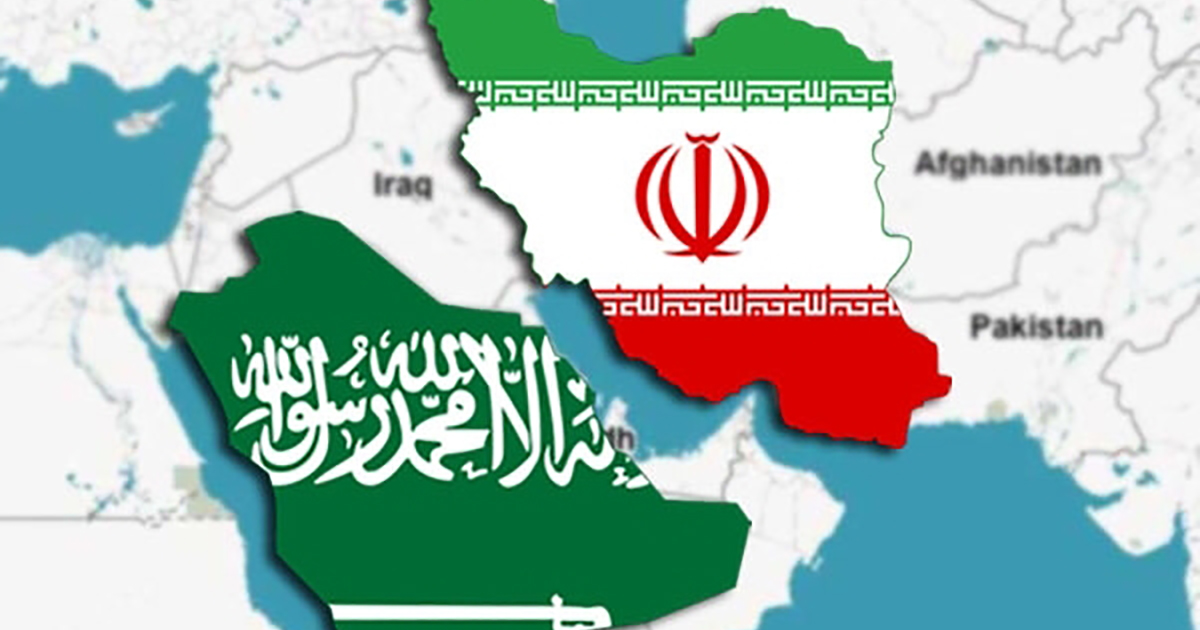
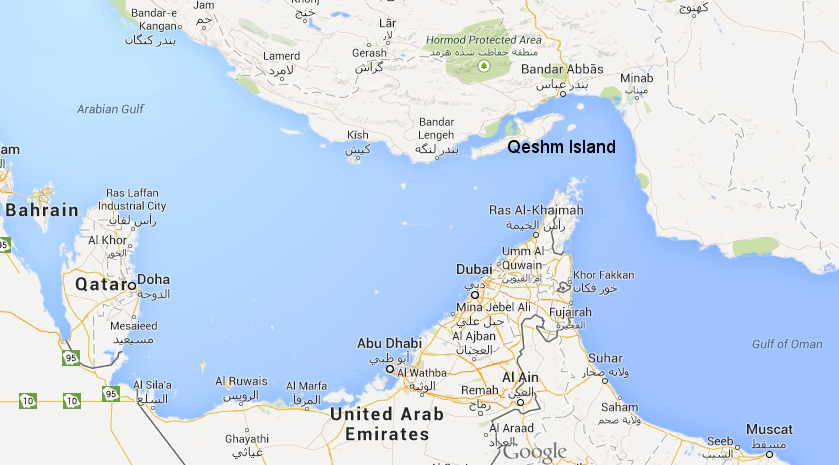
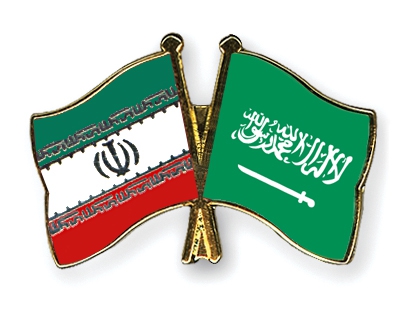



Saudi Arabia also has the DF-21 and DF-3A Ballistic Missiles. Those things can cover all of Iran and fly over Mach 10.@Faravahar thanks for mentioning me.
@Serpentine I know this thread is pointless, but maybe we will crush some illusions
I won't make any conclusions, I'll explain with very simple facts and pictures so everyone can understand. People can make their own conclusions.
This ballistic missile, the Sejjil 2, with a range of 2500 km, can hit anywhere in the entire Arabian Peninsula. And with a Mach 13 top speed, it will blast past any missile defence in possession of Arab countries.
(for comparison, the scuds which the patriot just manages to intercept, fly at a maximum of Mach 5)
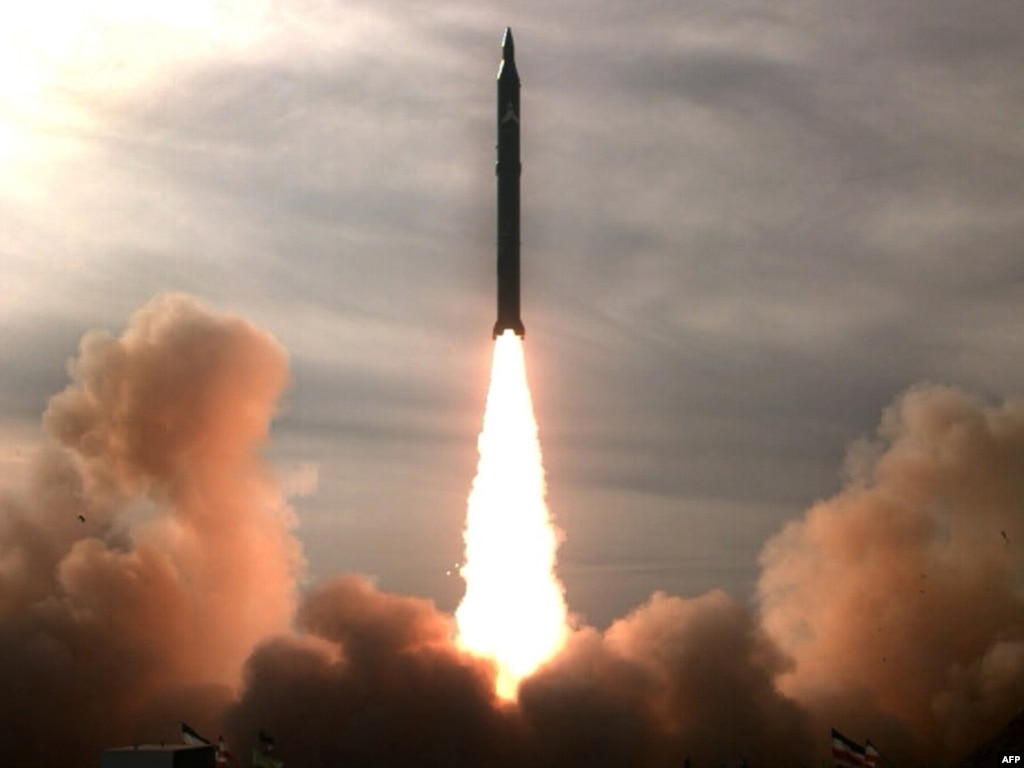
This Soumar cruise missile, with a range of 2000 km, can sneak under Arab radar coverage to hit the defences.
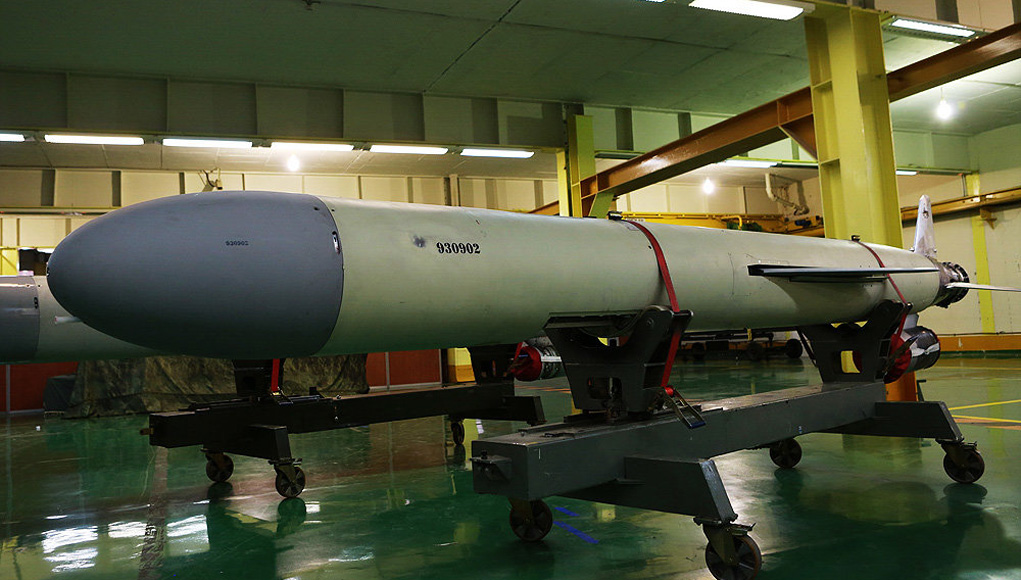
Iran has thousands of ballistic and cruise missiles, and it can make as many as it likes, without importing them.

All of Iran's missiles are either fully mobile;


https://defence.pk/threads/irgc-rec...ium-range-ballistic-missile-launchers.254575/
Or in hardened launch silos;
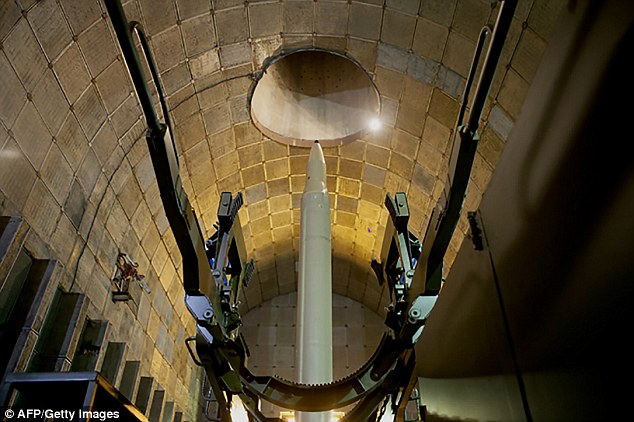
or both;
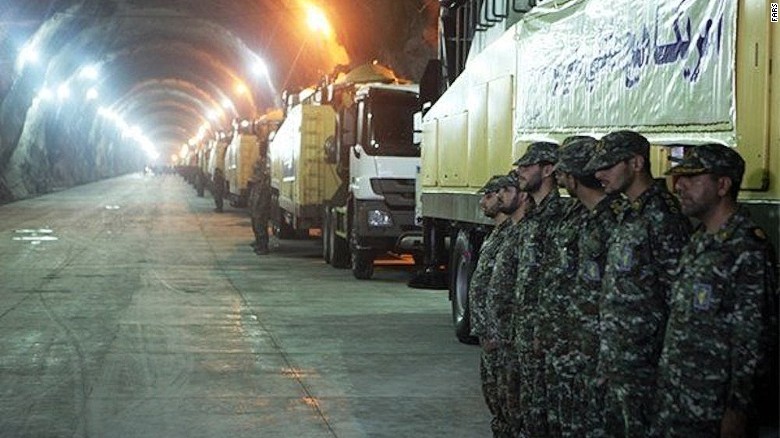
There is no air base, oil facility, port, army base, or ship safe from the onslaught that Iran's missile forces can unleash.
And thats just the offensive...
@SOHEIL bro do you have anything to add?

Saudi has the PAC-3 and are looking to buy the S-400 too though.On the defensive...
This Russian S-300 can destroy targets out at 200 km.
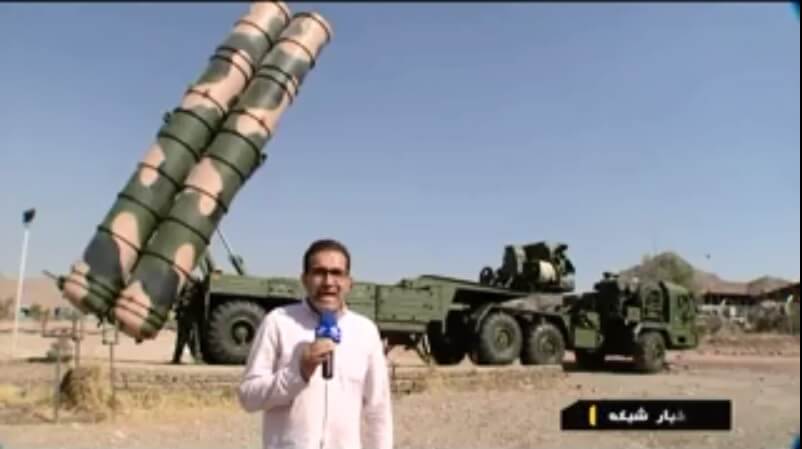
This Iranian Bavar-373 can destroy targets from 300 km away.

It is also fully mobile

And its Meraj 4 radar can track over 100 targets from 450 km away


This Sepehr radar, with a range of 3000 km, can cover the entire middle east.
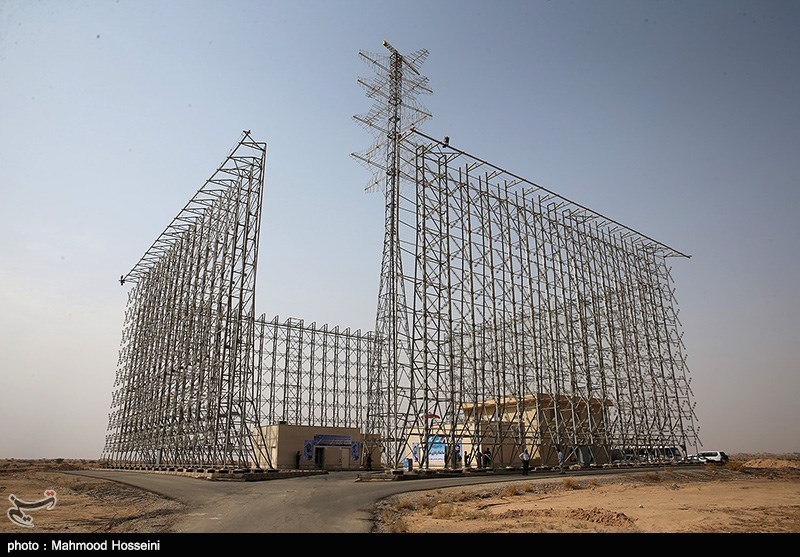
No Arab air force is safe from the S-300 and Bavar-373. They don't even have stealth on their side.

Saudis say the opposite..That Usrael has cover relations wit Iran (one can always refer to the Irangate affair).. if this is true at all , it only means that Usrael is the "Third Party", meaning it is the one who is stirring these troubles..Of the two, if Persians are intelligent, Saudis are intellectuals.
This wont be any conventional war involving men & machines.
Saudi knows its Naval weakness.
But here is another angle, that of Israel (Iran's staunch enemy), which has covert & tacit understanding with Saudis, who clandestinely gave access to Israeli air fighters to pass over its territory in case of any sudden raid over Iran's nuclear reactor.
I think Saudis are paying good amount of $ to Israelis to produce and infect Iran a la Stuxnet II.
Its going to be a cyber related war.

While I still think the S-300 is a better system than the PAC-3 (I don't know more specs/details of Bavar-373 so as someone who likes to speak academically I cannot say it is better or worse just because I'm Iranian) it is absolutely pointless to compare their defence with ours. You measure a defence by how good it is at repelling an attack. And as I have already explained, the PAC-3 cannot intercept the higher (or maybe even mid, though I'm not sure about that) tier of Iranian ballistic missiles, and I doubt it is very effective against swarms of cruise missiles (being specialised in anti-ballistic missile).Saudi has the PAC-3
Again, comparing an offensive capability to another is pointless. But what I will say is that the DF-3A have no use other than terror weapons owing to their inaccuracy. And although the DF-21 is indeed quite accurate, KSA's limited numbers of them reduces its effectiveness.Saudi Arabia also has the DF-21 and DF-3A Ballistic Missiles.




Saudis just need to repel the Iranian + Allies attacks whether they come from Yemeni or Iraqi territories as expected. Manpower will not be a problem for Saudis as Muslim Fighters from all over the world will pour into the Arabian Peninsula to counter any attack from enemies of Islam & Muslims. These fighters will be with a zeal to sacrifice their lives for the cause of Islam as no Muslim wants destability in land of Harmain Sharifain even they don't like the present ruling regime.A stalemate I would guess. Saudis have the technological edge but Iran has a competent air defense system, and also a larger manpower base to defend its soil. There is a reason both are resorting to proxies.
It's just dream. Muslim all over the world would not like that a Deviant and Corrupt Ideology conquer heart of Islam and they remain idle.is that even a question
iran would be a clear winner in any showdown against saudis


Bro, seriously?The patriot is a joke, can barely defend against some Yemeni scuds never mind missiles with manoeuvrable warheads like Iranian Emad. Try listening to actual missile experts before commenting:
On what grounds are you assuming that American forces got next to nil results in Afghanistan? They routed Taliban-led government, replaced it with a friendly government and killed thousands of militants.Theoretically speaking .. in a confrontation between KSA (GCC and Iran _God forbid_
God forbid.. in a theoretical confrontation like this, there won't be any winner on either sides but massive destruction that is not beneficial to either..both need their money and resources to further invest in their future and advance in all fields, be it social or scientific..
Yemen is a very mountainous country, meaning it is a very difficult terrain.. even the US couldn't do anything there, one can compare it to Afghanistan terrain very easily, where American and allies boots on the ground in the hundreds of thousand, with massive air support got next to nil results.. So, one should not say that Saudi miliary is incompetent , but some elements lack discipline ,this the Saudis themselves found out during the Yemeni campaign that when the weather is too hot (most of the time) Saudi soldiers don't wear there protective gear and that raised causalities among them..
